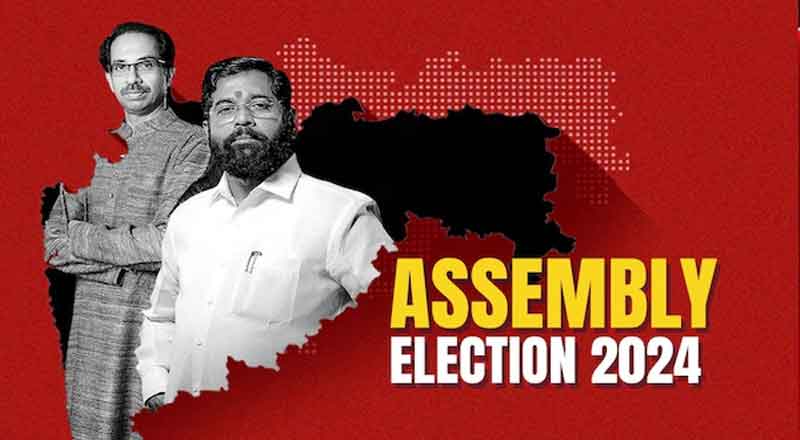Addressing Governance Challenges in a Changing Haryana
As Haryana embarks on a fresh chapter under the Bharatiya Janata Party (BJP) government, the challenges ahead are both complex and urgent. Poll outcomes often reveal the underlying issues that the public is concerned about, and in Haryana, these include unemployment, farm distress, and inadequate infrastructure. As the new government begins its tenure, it must move beyond political rhetoric and deliver on promises made during the election campaign. This requires not only addressing governance challenges but also laying the groundwork for inclusive growth and long-term prosperity.
The challenges faced by Haryana today are not new, but they are becoming more pronounced as the state’s economy and demographic profile undergo significant changes. The government’s ability to respond effectively to these shifts will determine whether it can meet the aspirations of its citizens and unlock the potential of a rapidly urbanizing state.
Unemployment: A Growing Crisis
One of the most pressing issues facing the new government is unemployment, particularly among Haryana’s youth. Historically, Haryana has been an agriculturally-driven economy, but in recent years, it has shifted towards a more service-oriented economy, particularly in urbanized regions like the National Capital Region (NCR). This shift has created both opportunities and challenges. While urbanization has spurred economic growth, it has also led to a mismatch between the jobs available and the skills of the state’s youth.
The unemployment crisis in Haryana is partly a result of the changing economic landscape, but it is also a reflection of the government’s inability to create enough jobs to meet the demands of a growing population. Young people, in particular, are struggling to find meaningful employment, and many are left with no choice but to accept underemployment or seek migration through illegal or unethical means like the “dunki” route. To address this, the government must prioritize job creation in sectors like IT, manufacturing, and services while ensuring that skill development programs align with industry needs.
Urbanization: Infrastructure and Livability
Haryana’s rapid urbanization is another critical challenge. While the NCR region has attracted significant attention and investment, tier II and III cities across the state are also growing rapidly. Urbanization brings opportunities for economic growth, but it also places immense pressure on infrastructure, housing, and public services. Without adequate investment in these areas, the risk of urban decay and inequality grows.
The new government must develop a comprehensive urban development strategy that addresses the needs of both NCR and other growing cities. This includes investment in affordable housing, public transportation, and essential services like healthcare and education. Proper planning is crucial to ensure that these urban centers remain livable and can attract the businesses, talent, and investment necessary for economic growth. Without robust infrastructure, the state’s urban areas may fail to keep pace with the demands of modernization, leading to stagnation rather than progress.
Education and Skill Development: Preparing the Workforce
A key factor contributing to unemployment in Haryana is the inadequate quality of education and lack of focus on skill development. Despite the state’s proximity to major economic hubs, many young people in Haryana are not equipped with the skills needed for today’s job market. Government schools and technical institutions are often underfunded, and as a result, students are left with limited opportunities for upward mobility.
Improving the education system in Haryana must be a top priority for the new government. This includes not only increasing investment in schools and technical institutions but also ensuring that the curriculum is aligned with the needs of the modern workforce. The government must also focus on vocational training and skill development programs that can prepare young people for jobs in emerging sectors such as IT, manufacturing, and services. By improving the quality of education and training, the government can help bridge the gap between job seekers and employers, ensuring that Haryana’s youth are equipped to succeed in the 21st-century economy.
Fostering Inclusive Growth and Participatory Governance
Another issue that has come to the forefront during the election is the feeling of alienation among certain sections of Haryana’s population. Many people feel left out of the development process, and there is a growing demand for more inclusive and participatory governance. The new government must recognize this and take steps to ensure that all citizens are included in the decision-making process. This includes fostering dialogue between the government and civil society, as well as addressing the needs of marginalized communities, such as small farmers and rural workers.
Inclusion also extends to policies that encourage equitable development. Haryana’s urban centers may be thriving, but its rural areas still suffer from infrastructure deficiencies, inadequate access to basic services, and economic stagnation. The government must prioritize policies that bring development to rural areas, ensuring that growth is balanced across the state.
A Path to Progress
The challenges facing Haryana’s new government are significant, but they also offer an opportunity for transformative governance. By addressing unemployment, urbanization, education, and inclusivity, the state can unlock its potential and ensure that all citizens share in the benefits of economic growth. The new government must act with urgency and foresight, focusing not just on immediate solutions but on long-term strategies that will ensure sustainable development and prosperity for the people of Haryana.
(With inputs from agencies)





